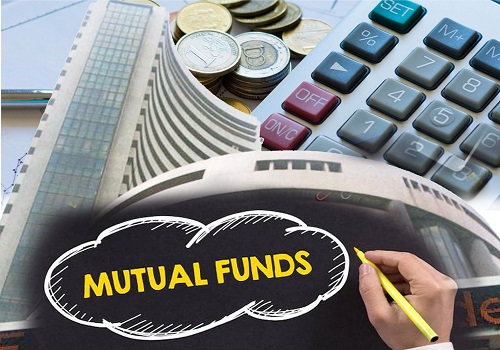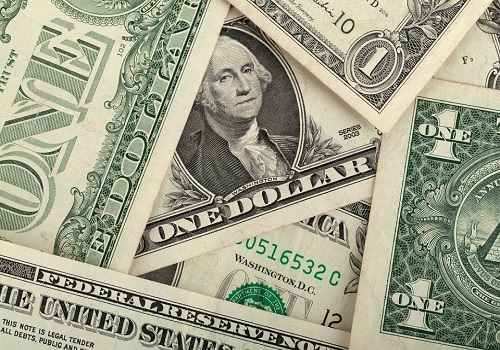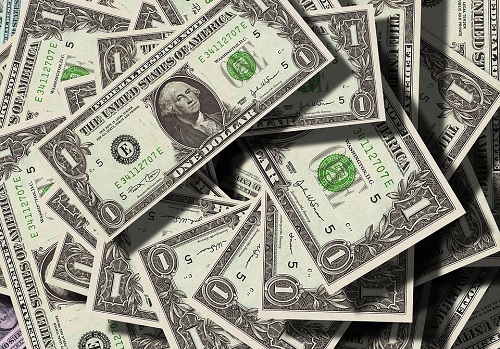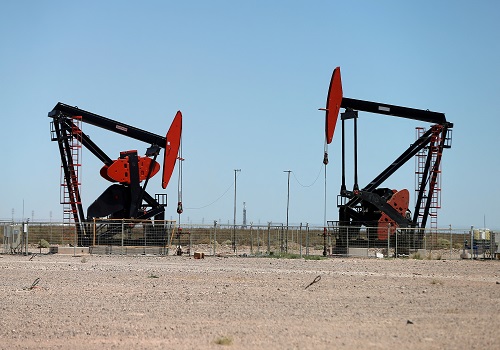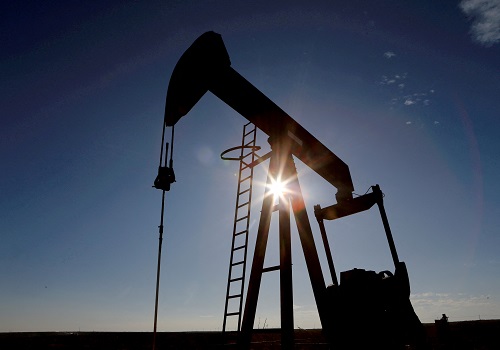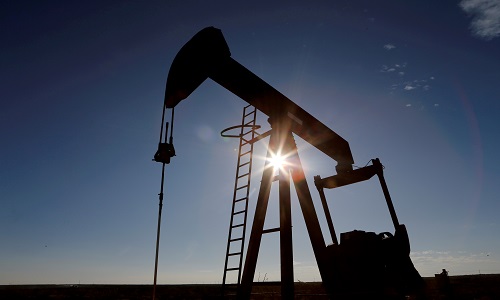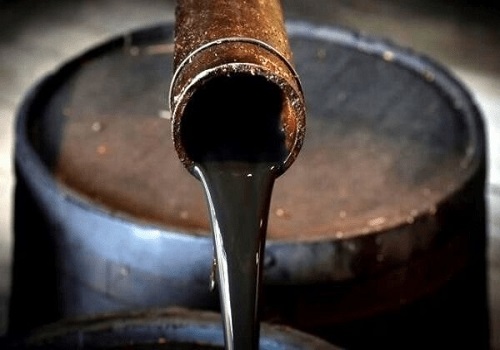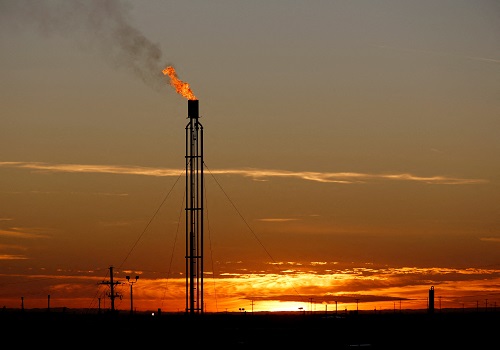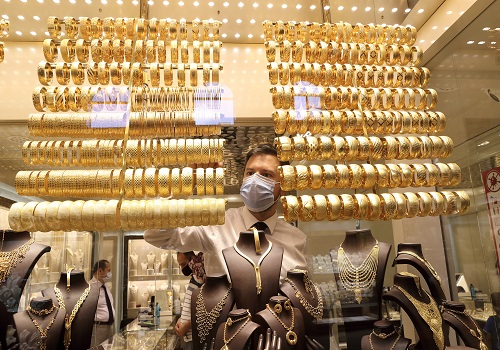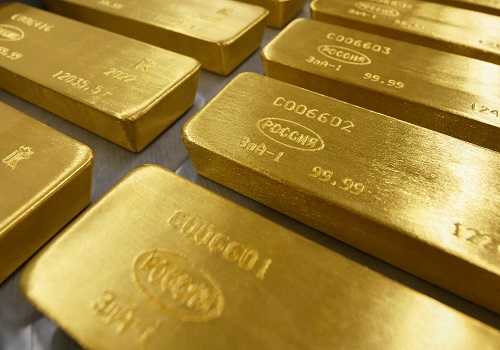Oil prices tick down as inflation woes take centre stage
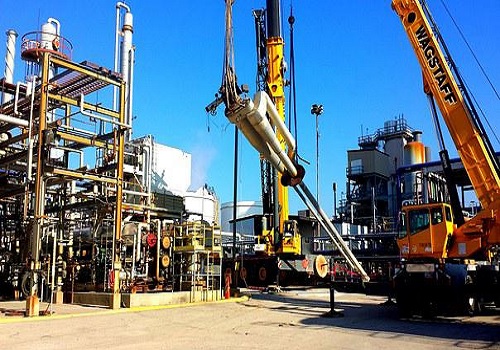
Follow us Now on Telegram ! Get daily 10 - 12 important updates on Business, Finance and Investment. Join our Telegram Channel
Oil prices ticked down on Thursday as investors doubled down on the possibility of a rate hike by the U.S. Federal Reserve that would stem inflation and curb oil demand.
Brent crude futures for September fell 20 cents, or 0.2%, to $99.37 a barrel by 00:10 GMT after gaining 8 cents on Wednesday.
U.S. West Texas Intermediate crude for August delivery was at $95.93 a barrel, down 37 cents, or 0.4%, after rising 46 cents in the previous session.
The Federal Reserve is seen ramping up its battle with 40-year high inflation with a supersized 100 basis points rate hike this month after a grim inflation report showed price pressures accelerating.
The Bank of Canada on Wednesday raised its main interest rate by 100 basis points in a bid to crush inflation, surprising markets and becoming the first G7 country to make such an aggressive hike in this economic cycle.
The European Commission predicted record levels of inflation and slashed its GDP forecast for 2022 and 2023 as a result of war in Ukraine, crimped demand due to surging prices and the danger of winter energy shortages, Bloomberg News reported on Wednesday citing a draft of the projections.
Investors also flocked to the dollar, often seen as a safe haven asset. The dollar index hit a 20-year high on Wednesday, which makes oil purchases more expensive for non-U.S. buyers. [USD/]
Worries of COVID-19 curbs in multiple Chinese cities to rein in new cases of a highly infectious subvariant has also kept a lid on prices.
China's daily crude oil imports in June sank to their lowest since July 2018, as refiners anticipated COVID-19 lockdown measures to curb demand, data showed on Wednesday.
Meanwhile, U.S. President Joe Biden will on Friday fly to Saudi Arabia, where he will attend a summit of Gulf allies and call for those allies to pump more oil.
However, spare capacity at the Organization of the Petroleum Exporting Countries is running low with most of the producers pumping at maximum capacity and doubt exists as to how much extra Saudi Arabia can bring into the market quickly.
Data from the U.S. Energy Information Administration also point to slackening demand with product supplied slumping to 18.7 million bpd, its lowest since June 2021. Crude inventories rose, bolstered by another big release from strategic reserves.












 320-x-100_uti_gold.jpg" alt="Advertisement">
320-x-100_uti_gold.jpg" alt="Advertisement">


